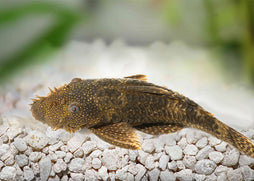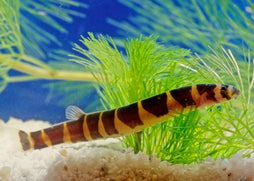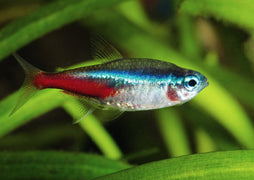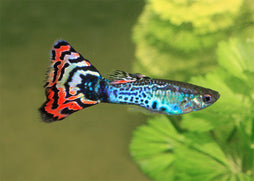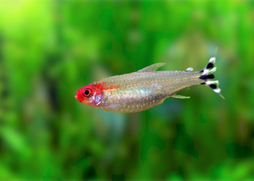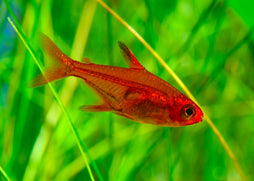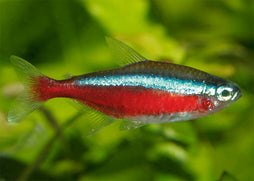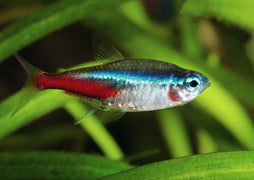Description
*This fish is marine species*
The Orange Shoulder Tang (Acanthurus olivaceus), also known as the Orange-epaulette Surgeonfish, is a large, active marine species prized for its vibrant colour transformation and algae-eating behaviour. Found across the Indo-Pacific, juveniles display a bright yellow body with a subtle orange shoulder patch, while adults transition into a slate-grey body accented by a vivid orange band behind the gills. This tang is best suited for spacious marine aquariums and plays a valuable role in reef tank ecosystems by controlling algae growth.
Features of Orange Shoulder Tang (Acanthurus olivaceus)
• Juveniles are bright yellow with a soft orange shoulder marking
• Adults develop a deep grey-blue body with a bold orange patch bordered by electric blue
• Reaches up to 35–40 cm in length when fully grown
• Highly active swimmer that requires open space and strong water movement
• Peaceful toward most species but may be territorial toward other tangs
• Long lifespan in captivity when housed in suitable conditions
The Best Aquarium Size for Orange Shoulder Tang
Due to their active nature and adult size, a minimum tank volume of 500 litres is required, with larger aquariums (700+ litres) being ideal. These fish need long horizontal swimming space and ample rockwork for grazing and shelter.
Tank Mate Compatibility for Orange Shoulder Tang
Generally peaceful, this tang coexists well with most reef-safe fish. Avoid housing with other Acanthurus species unless in very large systems. Suitable tank mates include:
• Foxface Rabbitfish
• Clownfish
• Flame Angelfish
• Wrasses (e.g., Melanurus, Leopard)
• Anthias
Diet for Orange Shoulder Tang
Primarily herbivorous, the Orange Shoulder Tang requires a diet rich in marine-based algae and plant matter. Feed a mix of:
• Nori (dried seaweed) clipped daily
• Spirulina-based pellets or flakes
• Frozen herbivore blends
• Occasional protein foods like mysis shrimp or brine shrimp
Feed multiple small meals per day to support their constant grazing behaviour and maintain digestive health.
Aquarium Setup for Orange Shoulder Tang
Aquarium Filtration
High-performance filtration is essential due to the species' size and activity level. Use sump filtration with protein skimming, activated carbon, and biological filtration media.
Aquarium Plants
Live macroalgae (e.g., Chaetomorpha, Caulerpa) can be grown in refugiums or display tanks as a supplemental food source.
Aquarium Lighting
Moderate to strong reef lighting is recommended. Intensity should support any coral present but also encourage algae growth on rock surfaces for natural grazing.
Aquarium Heating
Maintain stable tropical temperatures between 24–27°C with a quality heater and digital thermostat. Sudden fluctuations can lead to stress or disease.
Aquarium Substrate
Fine aragonite sand or crushed coral is suitable. Substrate should not hinder free swimming or create debris buildup.
Aquarium Decorations
Incorporate large amounts of live rock to provide shelter, grazing areas, and natural biological filtration. Ensure open swimming lanes are maintained throughout the aquascape. Avoid sharp or unstable rock formations to prevent injury.





